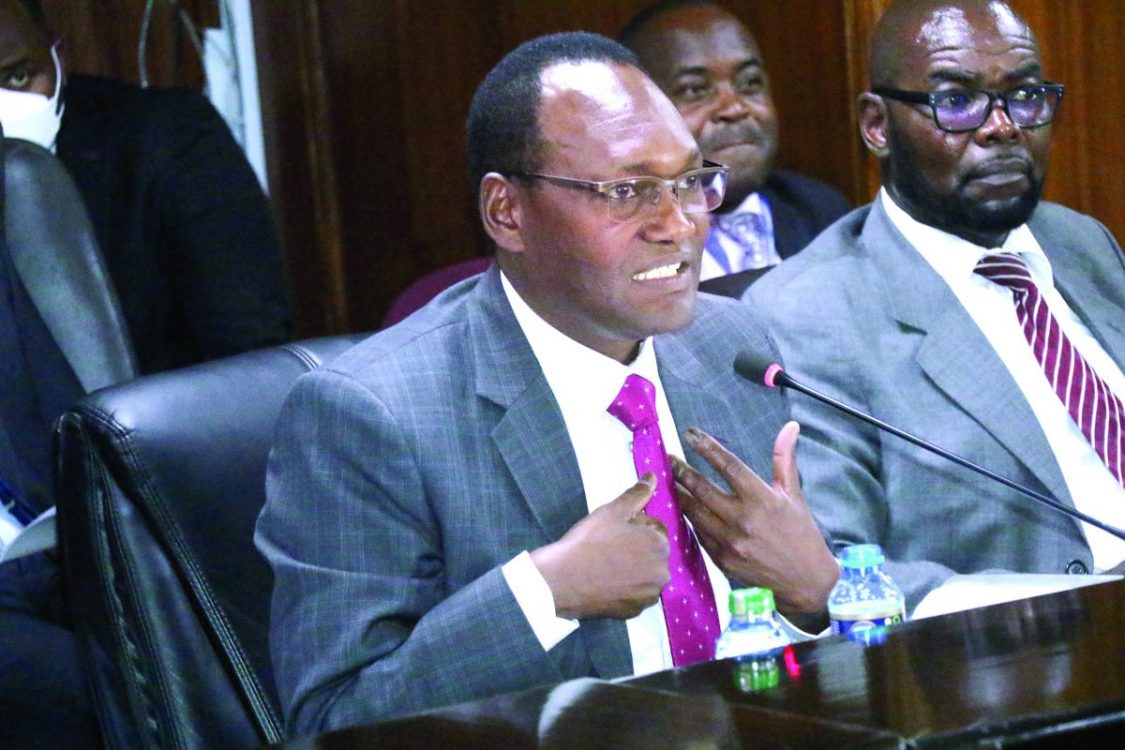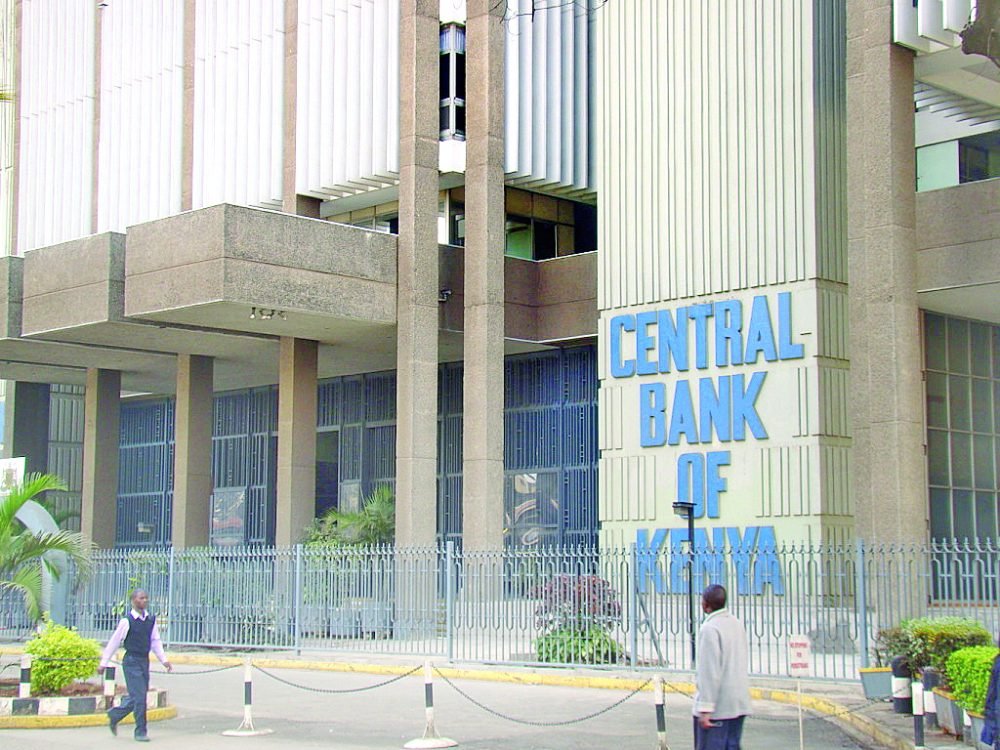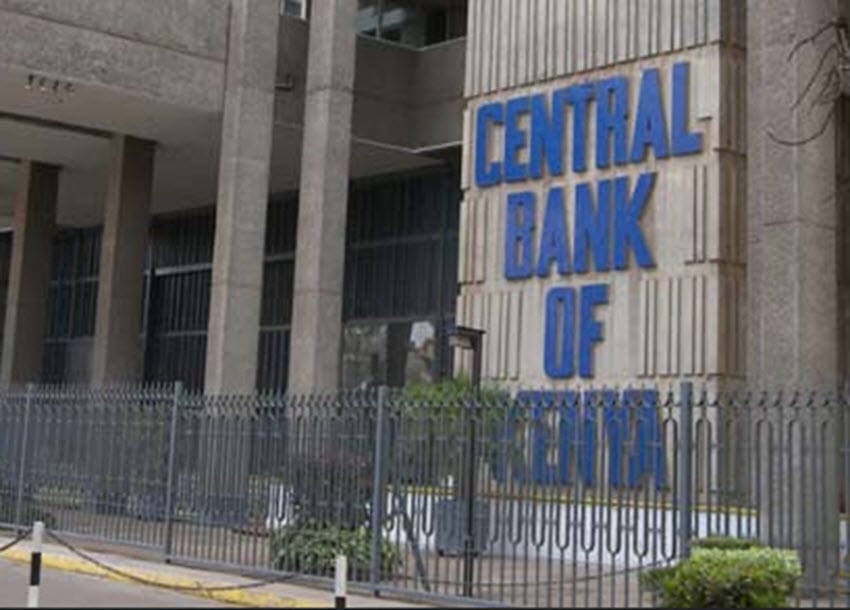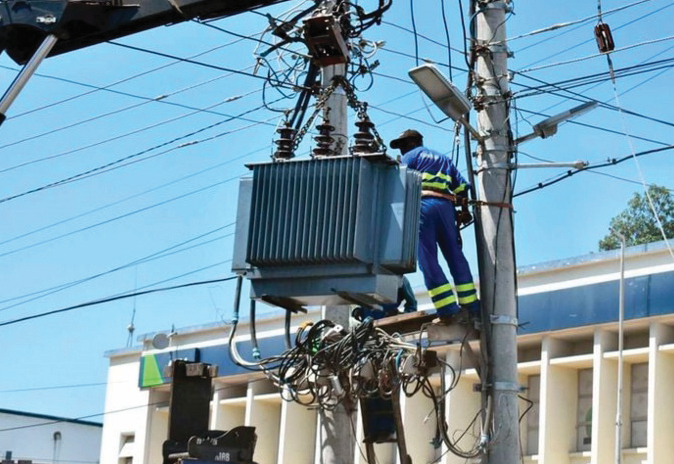Treasury in limbo over Sh133 billion black hole

The government is battling a Sh133.1 billion blackhole in the Sh3.64 trillion budget of 2023/24 fiscal year should Parliament shoot down plans to create more headroom for debt.
In its revised proposed budget, National Treasury increased borrowing targets to Sh720.1 billion to seal the budget deficit against a Sh587 billion borrowing space legally available at the moment.
The difference or the Sh133.1 billion overrun, which is seemingly a backtrack from President William Ruto’s tough talk on ensuring the country lives within its means has emerged. Kenya’s debt is projected to hit Sh9.41 trillion by end of June 2023 against the Sh10 trillion debt ceiling, meaning that as it stands, the borrowing headroom is slimmer than the targets set hence the concern.
Treasury prepared the draft budget on the assumption that Parliament will okay plans to switch the country’s debt ceiling from the current numerical number of Sh10 trillion to a debt anchor of 55 per cent set at debt to gross domestic product (GDP) in the present value term.
Better approach
“All we are saying is because of the fiscal situation, we are recommending a better approach. The ceiling is not the best capacity for this country. If by June we don’t do any adjustment, we will only have a headroom of Sh587 billion to borrow,” National Treasury Principal Secretary Daniel Kiptoo told the Abdi Shurie-led Public Debt and Privatisation Committee.
Switching to a debt anchor will allow the government to move its borrowing targets based on the country’s economic performance, meaning a better economy offers space to absorb more debt burden.
Kenya’s debt as a ratio to GDP is currently at 60 per cent, way above the recommended 55 per cent ratio but Treasury has defended this, arguing that the ratio has not taken into consideration debt sustainability management aspects being pushed by the current regime.
Official GDP for the period ending December 2022 is yet to be released, but according to 2021 figures, GDP stood at Sh12.098 trillion, meaning the country’s total public debt should be at Sh7.26 trillion per the new debt anchor plan.
The cabinet has since approved the debt anchor proposal awaiting a parliamentary nod before finally undergoing public participation. But the parliamentarians are fretful that the new metric could enable careless borrowing and “mischief” through wrong estimation of the country’s economic performance.
Austerity measures
Should this new direction flop, Treasury could be forced to inflict more austerity measures to slash the proposed budget by the Sh133 billion that was to be borrowed, or increase taxes in a move that will hurt Kenyans more.
“We need some flexibility. Maybe it is out there to judge whether there is mischief but to my knowledge, this is a budget which has gone through a process that is required and is coming through a transparent manner. We either make the decision to stick to this ceiling, it means all the programmes will be affected to a tune of Sh133 billion” added Kiptoo.
Kenya breached its Sh9 trillion debt ceiling but this was temporarily revised upwards to Sh10 trillion last June to allow the then government to finance the 2022/23 budget deficit.
Global rating agency Fitch last December downgraded Kenya’s credit rating to ‘B’ from ‘B+’ attributed to increased risks of debt default occasioned by tighter liquidity in light of elevated repayments.












